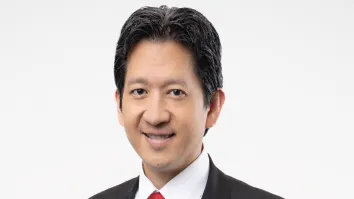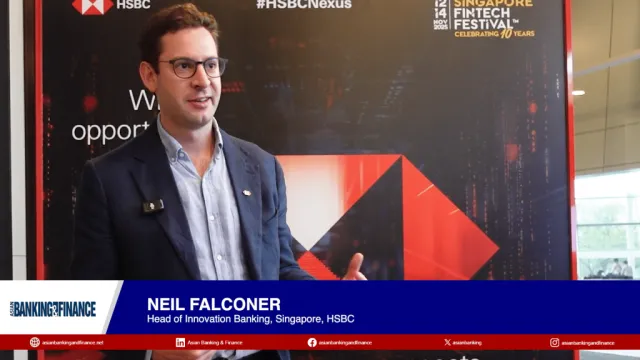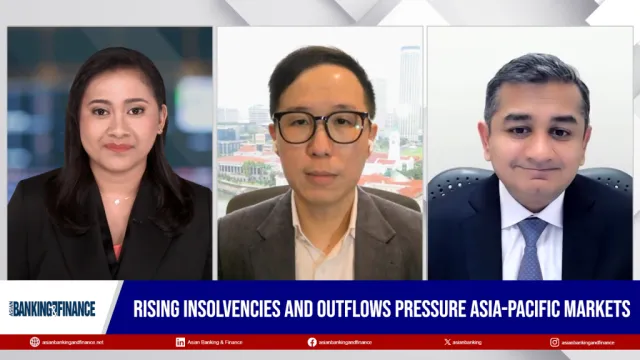MUFG Bank eyes cutting domestic ATM network by 20% to 6,700
Online sales and cashless payments will fill in the gap.
MUFG Bank is looking to slash its Japanese ATM network by 20% to around 6,700 through fiscal 2023 as a surge in online payments is expected to reduce physical bank visits, reports Nikkei Asian Review.
The cut will reduce the number of machines at individual sites and consolidate ATM locations around train stations.
Also read: Japanese banks hit by lower net interest income as loan demand dwindles
The development comes as Japanese banks have been stepping up retail branch cuts and ATM shutdowns and placing their bets on online transactions in an effort to cut down maintenance and operational costs.
Also read: Japanese banks reportedly mulling joint ATMs to cut massive losses
The Japanese Bankers Association counted 26,000 ATMs at the country's major banks as of the end of September 2017, up 3% over the past 10 years.


















 Advertise
Advertise










